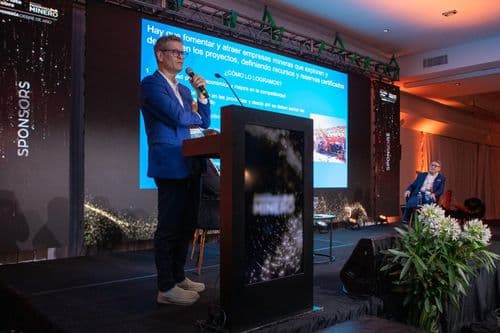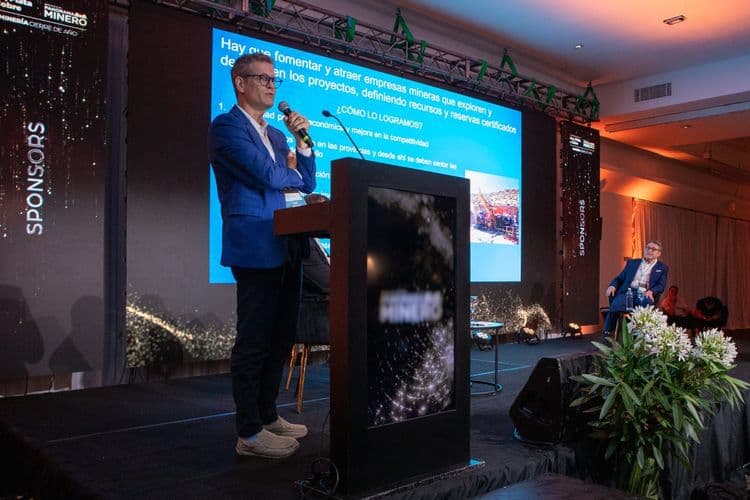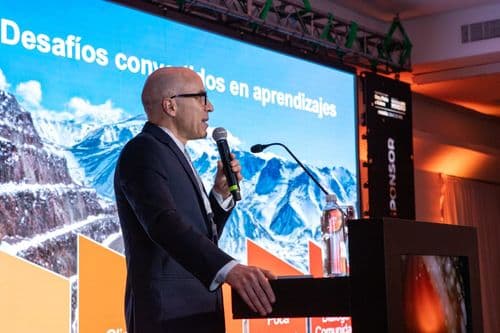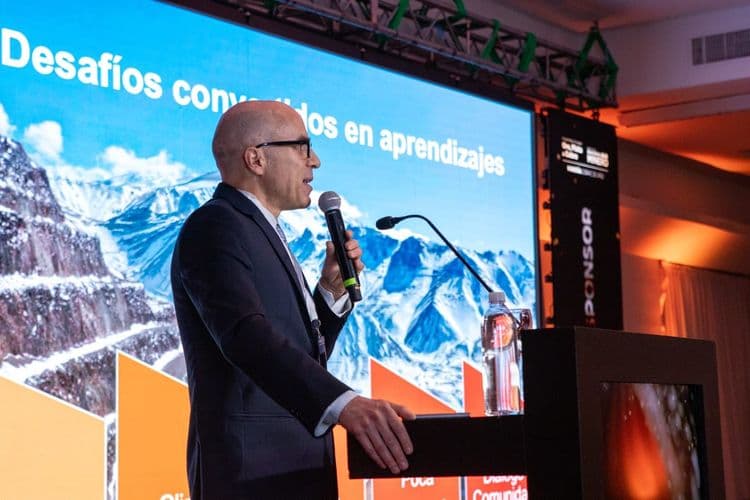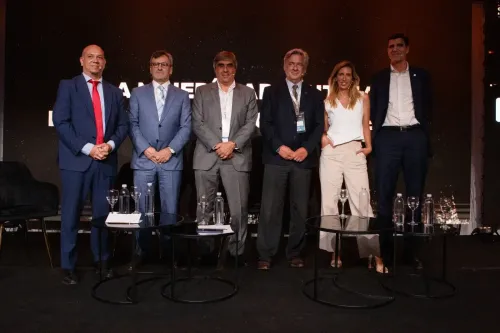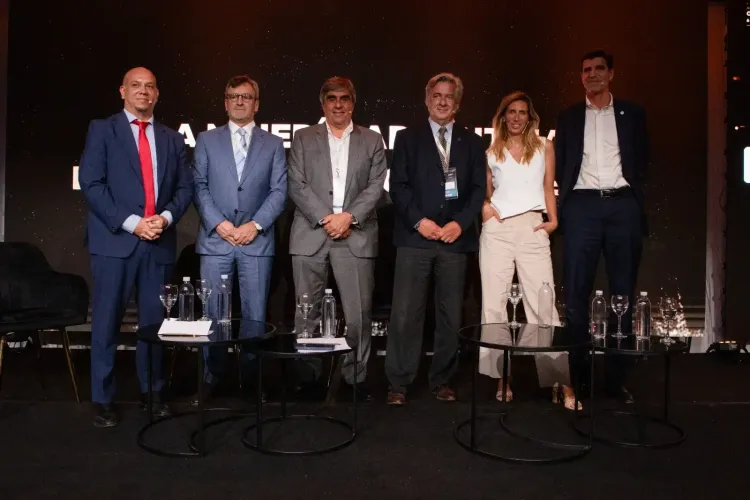The governor of Mendoza addressed the economic and mining situation of Argentina and his province, which has had a restrictive law for mining development since 2007, a scope that could be modified in the next period. Analyzing this scenario, the provincial leader stated that he will speed up the production of copper in the territory since, with the current law and the procedures used in modern copper production, no article of Law 7.722 related to the use of prohibited substances is violated. He did so in the context of the PDAC 2024, at an event for investors promoted by the Argentine Chamber of Mining Companies (CAEM). The province will seek to capitalize on its potential around the red metal and will form a local industrial hub while working together with its counterparts from San Juan, Catamarca, and Salta. From May 21 to 23, the governors of these provinces will formally establish the "Copper Task Force" at the San Juan Mining Expo 2024, an event organized by Panorama Minero since 2006.
By Panorama Minero
During an intervention for entrepreneurs and international representatives at PDAC 2024, in Canada, the governor of Mendoza, Alfredo Cornejo, along with his counterpart from San Juan, Marcelo Orrego, emphasized his province's readiness to promote the mining industry for the benefit of its vast geological wealth, highlighting the ability to produce copper and other resources without violating Provincial Law No. 7.722, which has been in force for almost two decades.
As part of an event sponsored by the Argentine Chamber of Mining Companies, Cornejo announced concrete measures to capitalize on Mendoza's copper potential and establish an industrial hub in the region. The creation of the Copper Task Force, in collaboration with the governors of San Juan, Catamarca, and Salta, scheduled for next May, reflects the joint commitment of the provinces to advance in mining and a new attitude on the part of the province regarding what is expected from this activity in economic and productive terms: "We want to take advantage of the opportunity provided by the energy transition and the possibilities it opens up for our mining."
"In Mendoza, the objective is to carry out sustainable mining, and we are willing to take risks to achieve it effectively. A tangible example of this commitment is the progress in the reactivation of Potasio Río Colorado. Also, despite the restrictions imposed by provincial law, we have obtained four other approvals for Environmental Impact Statements. Various projects have been given the green light, such as the Cerro Amarillo copper project and the iron project called 'Hierro Indio,' along with three other future copper operations recently approved to advance in exploration," Cornejo added, while also stating: "We are aware of the need to expedite this process and to do so concretely and quickly. We recognize the importance of seizing the opportunity provided by the markets and the growing demand for critical minerals, such as copper, which are abundant in our Cordillera. Mendoza has an evident appetite for copper, and we are committed to extracting it sustainably and productively for the benefit of Mendocinos and Argentina as a whole."
Addressing the national situation, the governor emphasized that the limited mining activity in Argentina has been partly due to historical economic restrictions and a complex macroeconomy for attracting investments. However, he highlighted the change in political orientation in recent months, which could foster a more favorable business climate in the future, emphasizing the popular support that the new direction set by the President Javier Milei has gained.
Regarding specific announcements for Mendoza, Cornejo detailed the presentation of a Strategic Plan for Mining Development, as well as the implementation of the Mendoza Mining Projects Code. The latter aims to expedite processes and guarantee international sustainability standards, which could stimulate investment in the region and streamline the timelines for the exploration and implementation of over two hundred projects in the pipeline.
Among other specific measures, the creation of an industrial zone called "Pata Mora" was highlighted, with electrical and road infrastructure provided by the local government and planned to facilitate the development of mining projects and other productive activities in the region. Additionally, there was an announcement of the intention to obtain legislative approval to release the Malargüe area, where there are 250 copper permits that will be jointly activated without evaluating them project by project: "Malargüe has social license to develop the activity. We have pending tasks, yes, but it is also encouraging to know and report that 80% of the copper produced in the world does not use three of the substances prohibited by the current law, so we will not be violating existing legislation, and as happened with the iron case, the progress of these projects will be possible even with the current law. With this same law, we can exploit copper, and there is already a project underway preparing the Environmental Impact Assessment awaiting the corresponding approvals."




